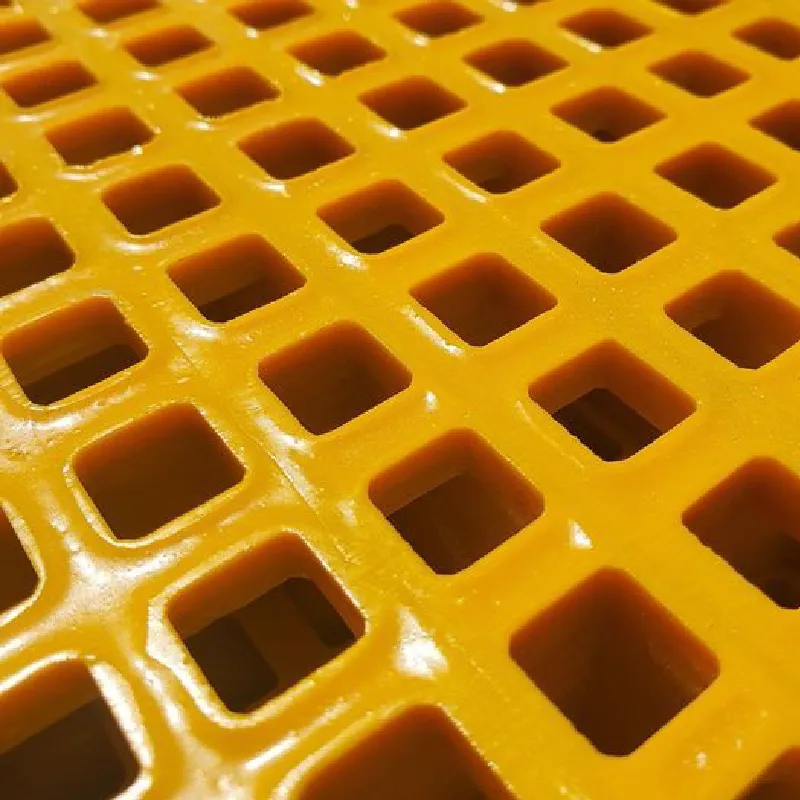loading...
- No. 9, Xingyuan South Street, Dongwaihuan Road, Zaoqiang County, Hengshui, Hebei, China
- admin@zjcomposites.com
- +86 15097380338
- Welcome to visit our website!
Versatile Modular Handrail Systems for Enhanced Safety and Aesthetic Appeal in Various Environments
The Rise of Modular Handrail Systems A Comprehensive Overview
In recent years, the construction and design industries have seen a shift towards more versatile and adaptable building solutions. One such innovation that has gained traction is the modular handrail system. These systems are not only aesthetically pleasing but also bring a host of functional and practical benefits that make them a top choice for both residential and commercial applications.
What is a Modular Handrail?
A modular handrail is composed of pre-manufactured components that can be easily assembled and installed according to specific design needs. These components can include posts, rails, brackets, and infill options like glass, cable, or balusters. The modular nature of these systems allows for increased flexibility, enabling designers and builders to create customized solutions that meet safety standards while also enhancing the overall aesthetic of the space.
Advantages of Modular Handrail Systems
1. Customization One of the primary advantages of modular handrails is their adaptability. With a variety of materials, styles, and finishes available, they can be tailored to fit any design theme. Whether it’s a sleek, modern look for a corporate office or a more traditional design for a residential home, modular systems can cater to diverse architectural preferences.
2. Ease of Installation Unlike traditional handrails that often require complex fabrication and specialized labor, modular handrail systems can be quickly assembled using standard tools. This not only reduces installation time but also lowers labor costs, making it a more economical choice for builders and contractors.
modular handrail

3. Safety and Compliance Safety is always a top priority in construction. Modular handrails are designed to meet stringent safety codes and regulations, ensuring that they provide secure support for users. Many manufacturers conduct rigorous testing to ensure their products meet local and international safety standards, providing peace of mind for builders and end-users alike.
4. Durability and Maintenance Modular handrails are typically made from high-quality materials such as stainless steel, aluminum, or treated wood that offer exceptional durability and resistance to weather elements. This makes them suitable for both indoor and outdoor applications. Additionally, their low-maintenance nature means that they require minimal upkeep, saving time and resources in the long run.
5. Sustainability As the world becomes more environmentally conscious, the demand for sustainable building practices increases. Modular handrails can often be manufactured using recycled materials and are 100% recyclable at the end of their life cycle. By choosing modular systems, builders can contribute to green building initiatives and sustainability efforts.
Applications of Modular Handrail Systems
Modular handrail systems are incredibly versatile and can be used in a variety of settings. They are commonly found in residential spaces, commercial buildings, industrial sites, and public areas. From balconies and decks to staircases and walkways, modular handrails can enhance safety and accessibility while adding a modern touch to any environment.
Conclusion
The modular handrail system represents a significant evolution in railing solutions within the construction industry. Combining aesthetics, safety, and practicality, these systems cater to a wide range of applications and design preferences. As the demand for customizable and efficient building solutions continues to rise, it is likely that modular handrails will play an increasingly vital role in shaping the architecture of the future. By embracing such innovative technologies, builders and designers can create safer, more beautiful spaces that stand the test of time.
-
the-expansive-industrial-reign-of-frp-pressure-vesselsNewsAug.22,2025
-
manufacturing-premium-frp-square-pipes-for-global-wholesale-excellenceNewsAug.22,2025
-
strategic-applications-for-frp-grating-solutionsNewsAug.22,2025
-
material-science-forging-grp-water-tank-longevityNewsAug.22,2025
-
the-engineered-excellence-material-science-behind-frp-railing-systemsNewsAug.22,2025
-
how-digital-pultrusion-revolutionizes-frp-profile-wholesalingNewsAug.22,2025
-
The Rise of FRP Profiles: Strong, Lightweight, and Built to LastNewsJul.14,2025
